Tech Tips
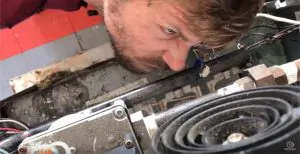
This article is an extension of HVAC School’s “How to Measure Gas Pressure” video. Additional input was provided by Jim Bergmann. Bubble test procedures and standards were provided by Honeywell. Links to source materials are available at the end of this article. If there’s one complaint that HVAC techs should never take lightly, it’s a […]
Read more
First, let's state the obvious and clear the air a bit. The photo above is SUPER CHEESY! But this story is about three bad techs who don't know it, so a photo of three models clearly posing in clean clothes makes as good of a proxy for a bad tech as anything else. First off, I'm […]
Read more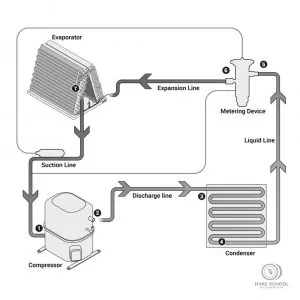
Many in our industry can misunderstand the differences between temperature and heat, although these are related. Substances are composed of many moving molecules that change their speed as they release or gain heat. When we heat a glass of water in a microwave, its molecules start to move more quickly. The velocity increase results in […]
Read more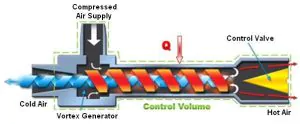
We just wrote about rejecting heat to the atmosphere via radiant cooling. That’s one example of cooling without refrigerants, but there are quite a few others out there. In this article, we’ll look at some other cooling methods that don’t use refrigerants. Vortex tubes Vortex tubes swirl gas in a chamber, separating it into hot […]
Read more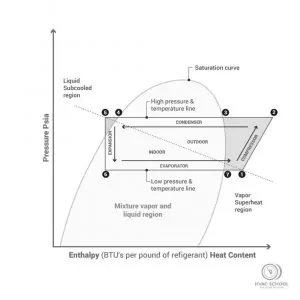
Net refrigeration effect (NRE) is the quantity of heat that each pound of the refrigerant absorbs in the refrigerated space to produce useful cooling. That’s a pretty vague definition. We know that it’s an amount of heat in processes that take place within the evaporator. Still, the phrase “useful cooling” seems rather broad. Even though […]
Read more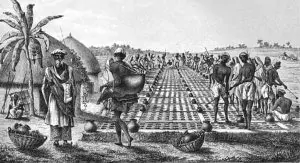
You likely already know a bit about radiant heating from your education and work in the HVAC industry. Science textbooks like to use the sun and campfires as classic examples of radiant heat transfer. We also have plenty of heating devices with radiation right in the name, such as water radiator heaters and radiant space […]
Read more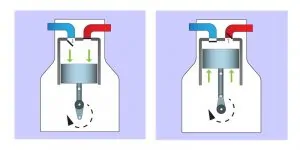
Simply stated, a compressor’s volumetric efficiency (VE) is its ability to pump the most pounds of refrigerant over time. The compressor’s function is right in the name: it compresses vapor refrigerant. After compression, the gas moves to the condenser via the discharge line. From there, the refrigeration cycle continues. However, some of the refrigerant vapor […]
Read more
Educators love lockout relays, and we also love pretending you will still see them out in the field all the time. Sometimes, I have to look myself in the mirror in the morning and sadly repeat, “Lockout relays are dead.” I have to say it several times before the reality sinks in. Before I get […]
Read more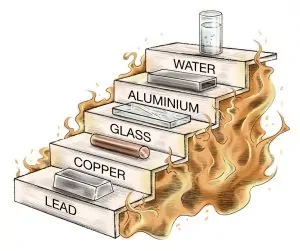
Heat is a byproduct of mechanical energy that presents itself as a temperature increase. French physicist James Prescott Joule aimed to equate heat to mechanical energy. Early experiments used paddle-like structures to stir water within a container and raise its temperature. The paddles would move and agitate the water whenever a mass on a pulley […]
Read more





